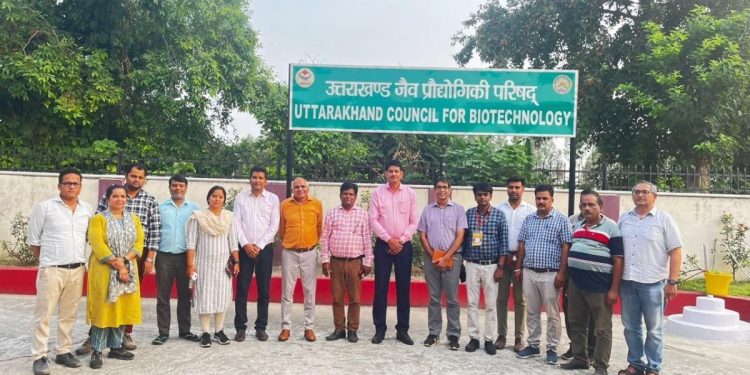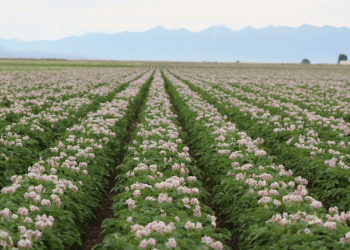#UttarakhandPotatoes #LocalLandraces #SmallholderFarmers #AgriculturalHeritage #FoodSecurity #CulturalDiversity #PreservingBiodiversity #SustainableFarming #FarmersMarket #TraditionalCuisine
In the enchanting landscapes of Uttarakhand, the cultivation of potatoes has a rich history that continues to thrive. Recently, Samarendu Mohanty, the Asia Regional Director at the International Potato Center (CIP), embarked on a captivating journey through the potato growing districts of Uttarakhand. Together with the Department of Horticulture and the Rural Enterprise Acceleration Project (REAP) staff, he explored the diverse regions of the state, connecting with farmers, government officials, and witnessing the fascinating world of potato farming. One remarkable observation that stood out during this expedition was the persistent cultivation of local landraces, particularly the Tumrhi and Up-to-Date varieties, by smallholder farmers in the hill regions of Kumaon and Garhwal. The farmers’ commitment to preserving these landraces is driven by the higher prices they fetch in the market.
Exploring the Local Landraces:
Intriguingly, the prevalence of Tumrhi and Up-to-Date landraces varies across different districts, prompting further exploration into their specific characteristics and regional names. Despite the modernization of agriculture and the availability of hybrid varieties, it is heartening to witness farmers clinging to these indigenous landraces due to their unique qualities and the economic advantages they offer. The distinct flavors, adaptability to local conditions, and their appeal to consumers contribute to the continued cultivation and demand for these traditional varieties.
The Landscape of Large Potato Growers:
While immersing themselves in the vibrant potato ecosystem, the team also encountered large-scale potato growers in Kashipur. These enterprising farmers, with expansive landholdings ranging from 80 to 100 acres, primarily focus on seed production for prominent seed companies in Punjab. Interestingly, they also supply seeds to the hill regions of Uttarakhand, ensuring the availability of quality planting material for smallholders. This symbiotic relationship between large and small-scale farmers enhances the overall potato production landscape and fosters agricultural development in the region.
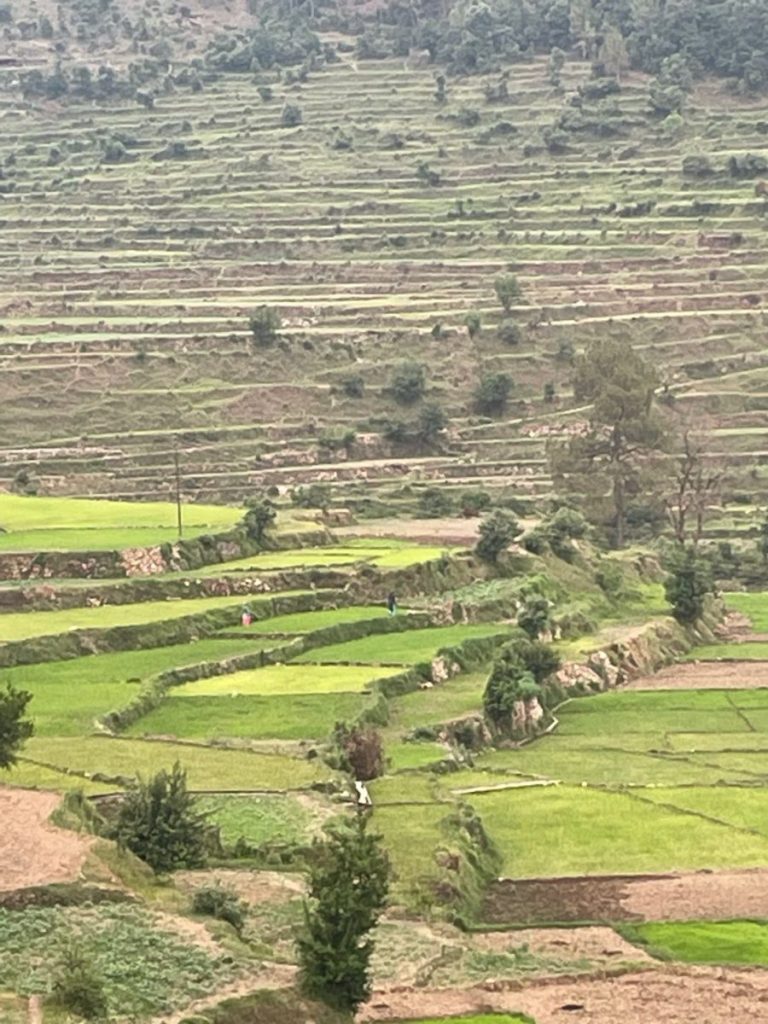
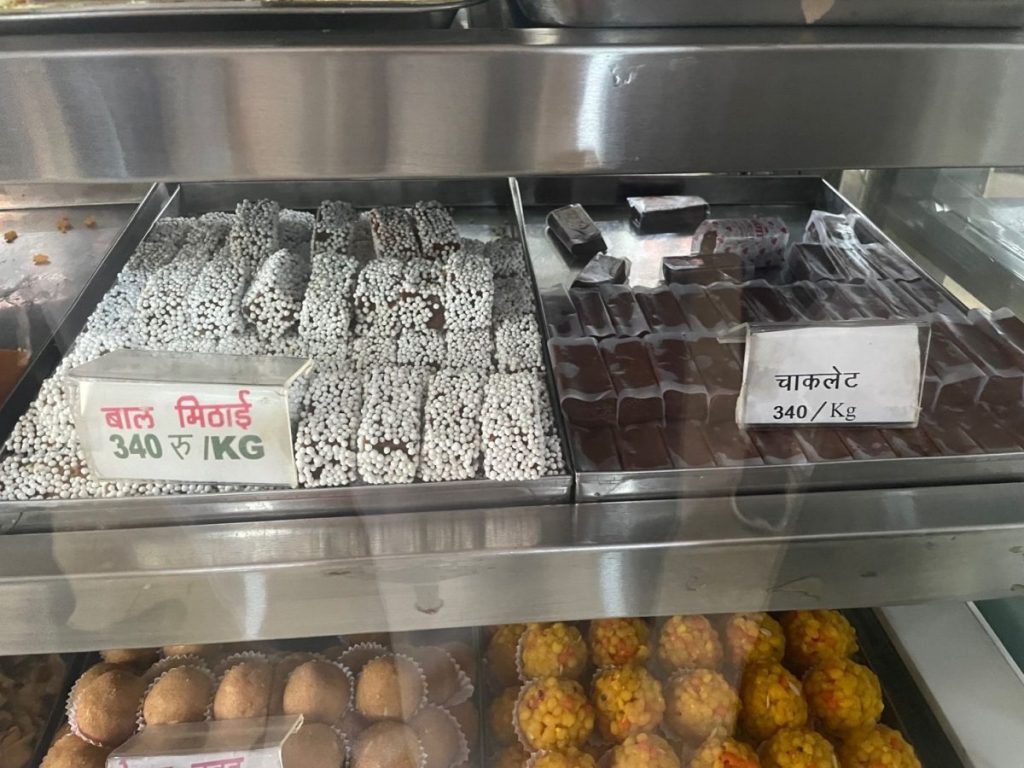
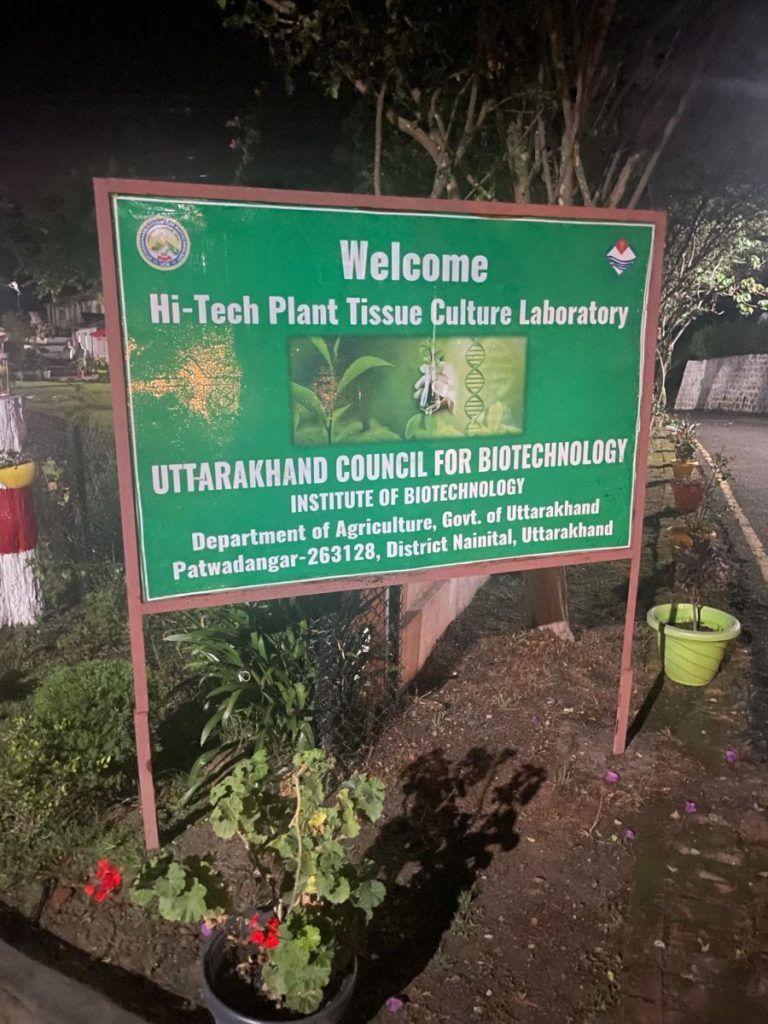
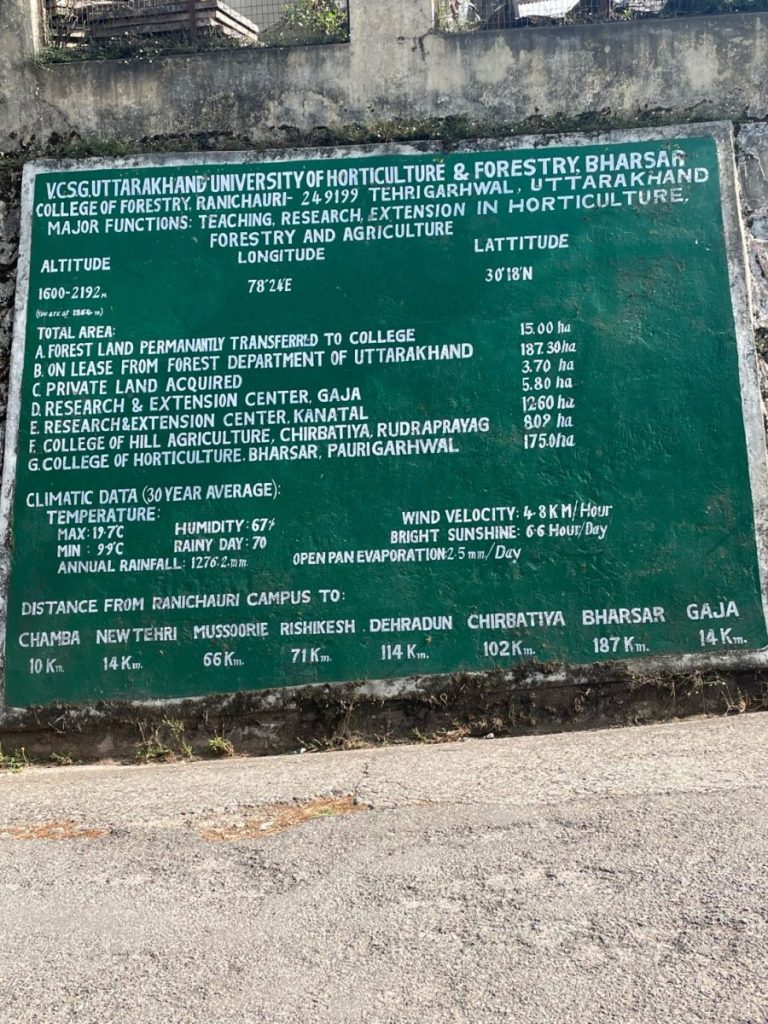
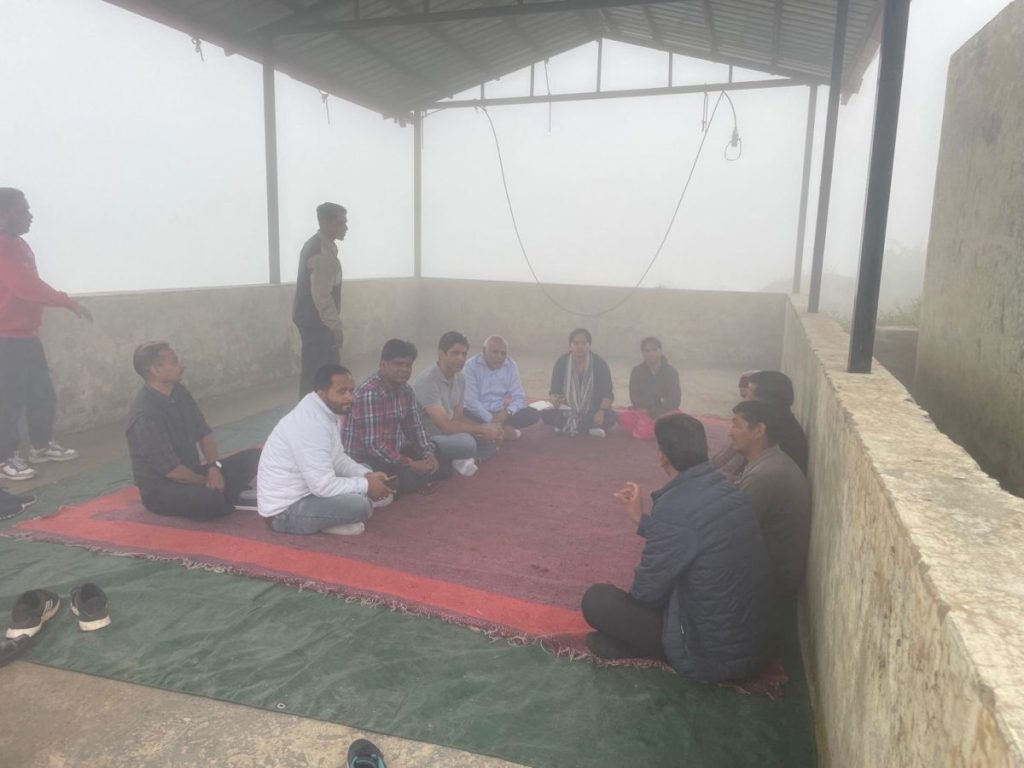
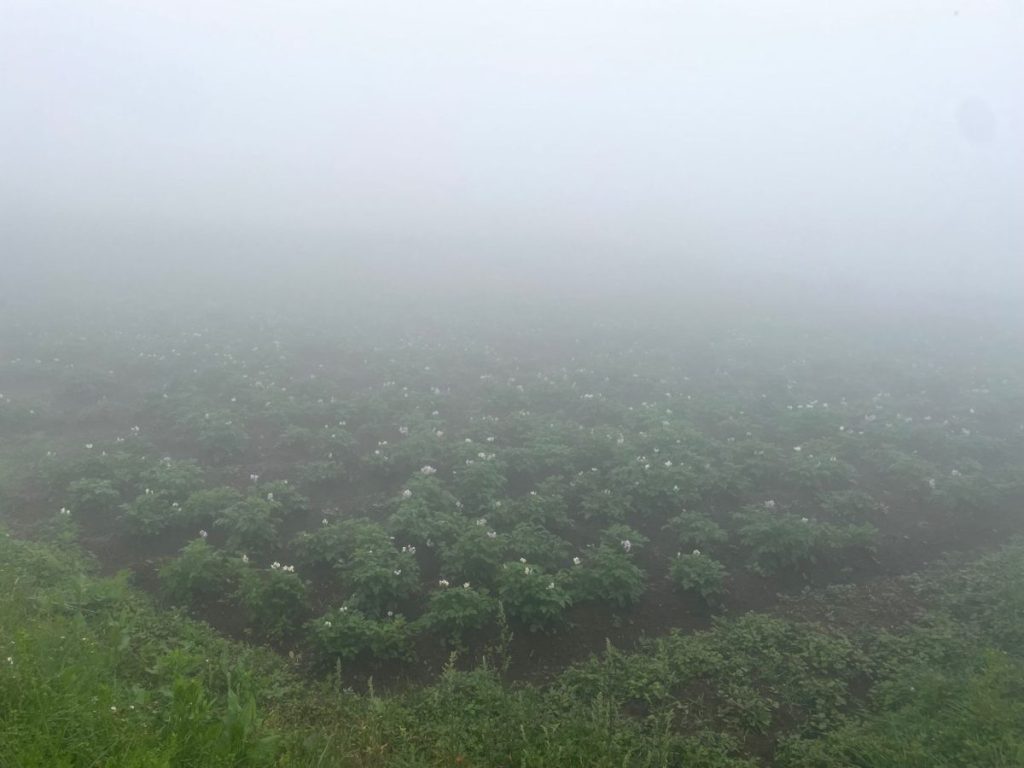
Discovering Uttarakhand’s Richness:
Beyond the agricultural encounters, the journey through Uttarakhand provided an opportunity to embrace the beauty of the region and savor the delectable local pahadi dishes. From the flavorful chaunsa daal to the tantalizing jakhiya aloo and the indulgent chocolate mithai, every culinary experience was a delightful exploration of the local cuisine. These gastronomic delights not only nourish the body but also showcase the cultural heritage and diversity of Uttarakhand.
Reflections and Conclusion:
Samarendu Mohanty’s expedition through the potato growing districts of Uttarakhand offered a profound insight into the significance of preserving local landraces. The farmers’ commitment to cultivating indigenous varieties like Tumrhi and Up-to-Date highlights their resilience, wisdom, and awareness of the value embedded in traditional farming practices. These landraces serve as a genetic treasure trove, offering a potential reservoir of traits that can contribute to future potato breeding programs and food security.
As we celebrate the rich heritage of Uttarakhand’s potato farming, it becomes imperative to raise awareness about the importance of preserving local landraces and supporting smallholder farmers. Collaborative efforts from government agencies, agricultural organizations, and consumers can create a sustainable ecosystem where traditional and modern farming practices coexist harmoniously, ensuring the preservation of biodiversity, food sovereignty, and economic prosperity for the farming communities.

